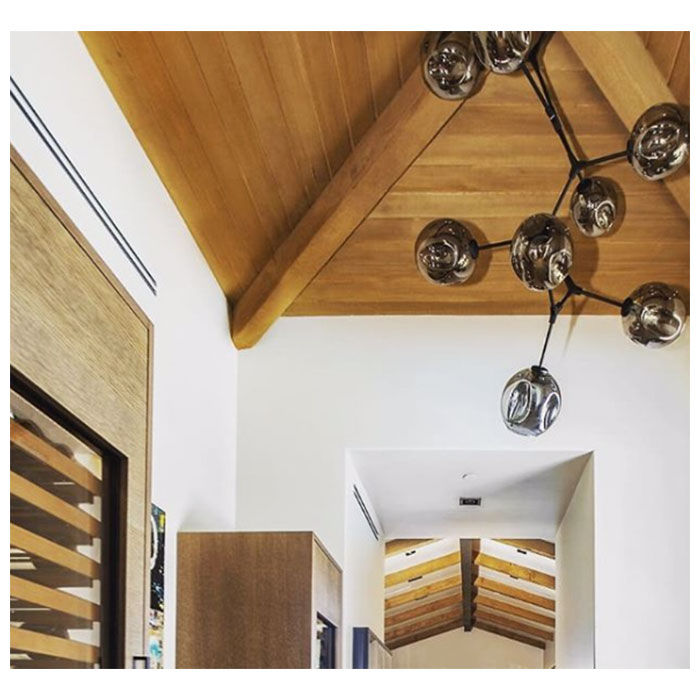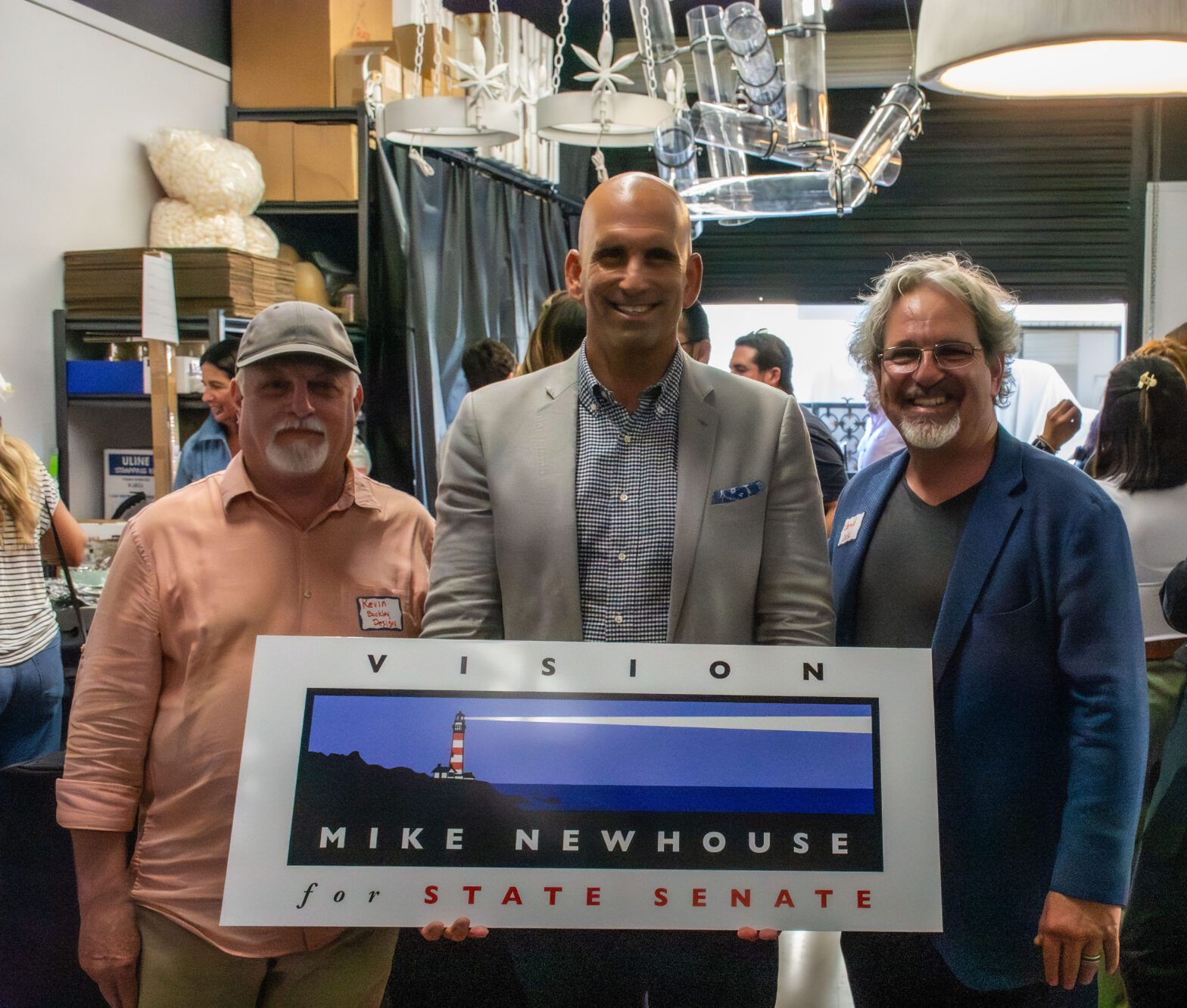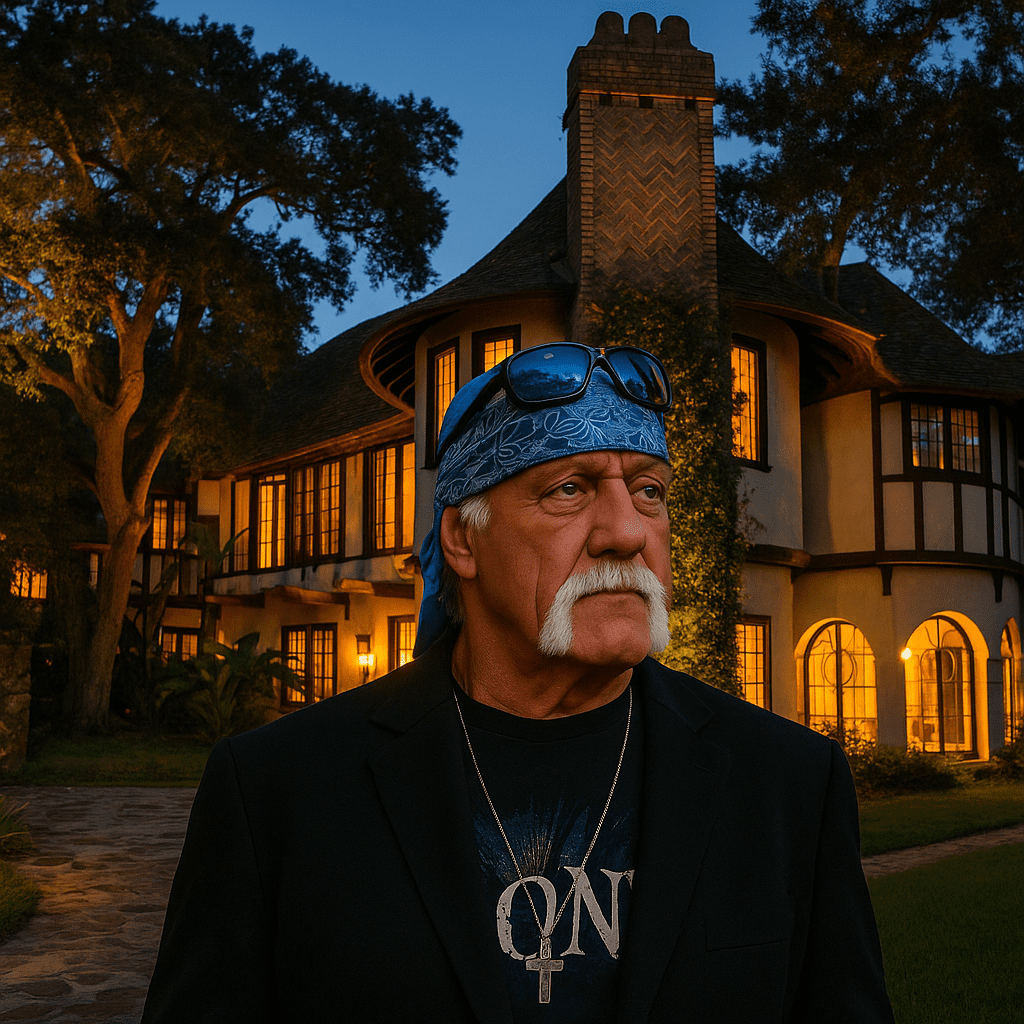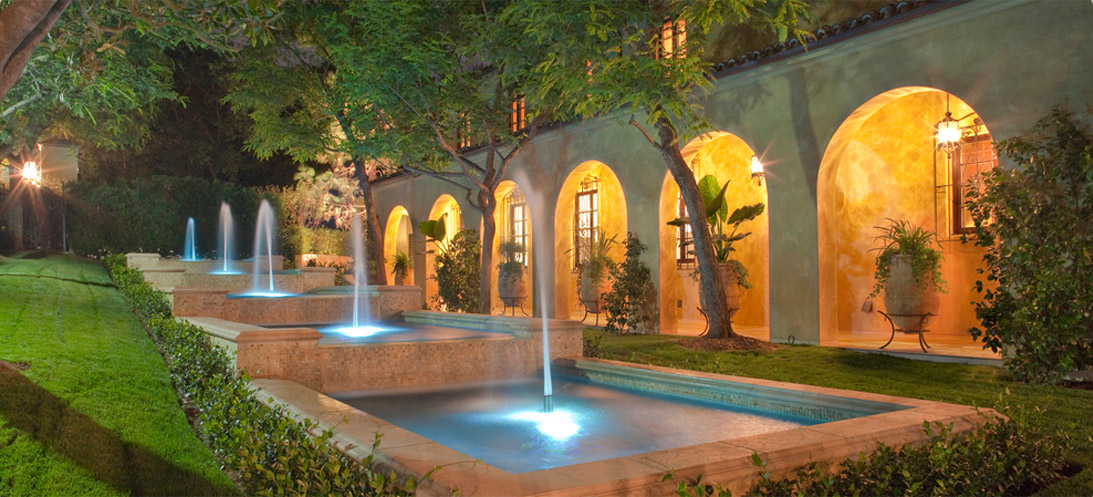
To say that the Ellie Caulkins Opera House has the heart and soul of a 27-year-old despite the years she carries on her exterior body would not be a lie or exaggeration. It is all true! Here is her story.
The original building was called the Municipal Auditorium; it is located on 14th Street & Curtis Street in Downtown Denver and was designed by architect Robert O. Wilson of Semple Brown Design. The year its construction was completed was 1908. This was going to be Denver architecture at its best. The auditorium officially opened on July 5th, 1908.
According to the Denver Architecture Foundation, “The original building featured four cupolas on the roof and 7000 light bulbs highlighted the pediments, domes, cornices, and corners. Terra cotta symbols of music and theatre decorated the outside pilasters. The interior had a 246-by 145-foot hall, separate meeting chambers for men and women, dressing rooms, an orchestra pit, a removable running track, and a dance floor.”
All of the above could be transformed into a theatre, with seating for 3000 people completely accessorized with balconies protruding from the walls as balconies do in a theatre setting in just under four hours. It was decided that this was important Denver architecture; after all, it shows off Denver culture and should be exquisite.
The discussions for a renovation to take place started in 1993. Semple Brown Design, along with Denver’s Division of Theatres and Areas had quite a feat on their hands. Since the building had been designated a National Historic Landmark, the integrity on the exterior had to stay intact. They had to face the daunting task that would test their skill; they had to demolish the interior of the building while the historic exterior would remain unscathed.
The renovation was a success; the interior is now the Ellie Caulkins Opera House. It features the Figaro Systems, which has individual screens at each seat location and can translate the dialogue into seven different languages. It is said that “they wanted to create a relationship between the artist and the audience.” There isn’t a bad seat in the house! It is definitely Denver architecture at its finest.
In 2001 the exterior needed a facelift but needed to stay with the integrity of the original design. After its completion, the exterior was renamed the Quigg Newton Denver Memorial Auditorium.
In 2002, great efforts were given to restore parts of the auditorium that had been declared outdated and unsafe. The exterior was restored to its original best along with some of the interior windows and lights and was able to maintain its title on the list of National Historic Landmarks.
And that’s the story of how the Ellie Caulkins Opera House got the heart and soul of a 27-year-old. She still looks beautiful!














